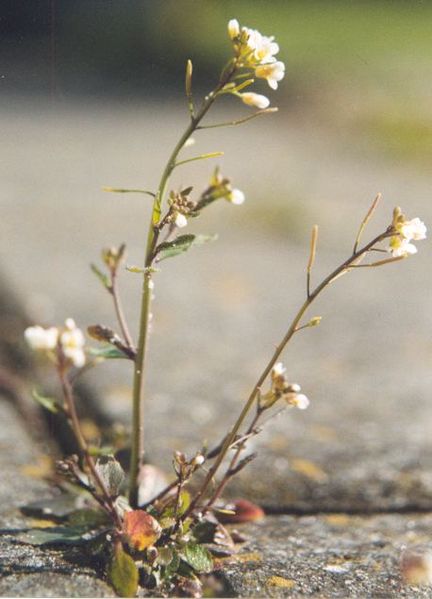Plants can prepare for future infections by turning on the expression of defense genes during the times of day when they are most likely to encounter pathogens, according to a study published this week in Nature.
Plants achieve this timing thanks to the synchronization of those resistance genes with their own circadian clock, the daily rhythms that regulate many aspects of plant physiology, the authors report."This is a really elegant piece of work," says molecular biologist at the University of Cape Town in South Africa, linkurl:Laura Roden,;http://www.mcb.uct.ac.za/Staff/Roden/lroden.htm who did not participate in the research. "They discovered this circadian component of disease resistance."With no specialized immune system to speak of, plants rely on a large set of genes that code for receptors and other proteins that specifically recognize molecules, or effectors, from a wide range of pathogens. Known as disease resistance (R) genes, they are responsible...
 |
Image: Roepers, Wikimedia |
RPP4
W. Wang, et al., "Timing of plant immune responses by a central circadian regulator," Nature, 470:110-4, 2011.
 |
Arabidopsis thaliana leaf cells (light blue) Emmanuel Boutet, Wikimedia |
Interested in reading more?
Become a Member of
Receive full access to more than 35 years of archives, as well as TS Digest, digital editions of The Scientist, feature stories, and much more!
Already a member?